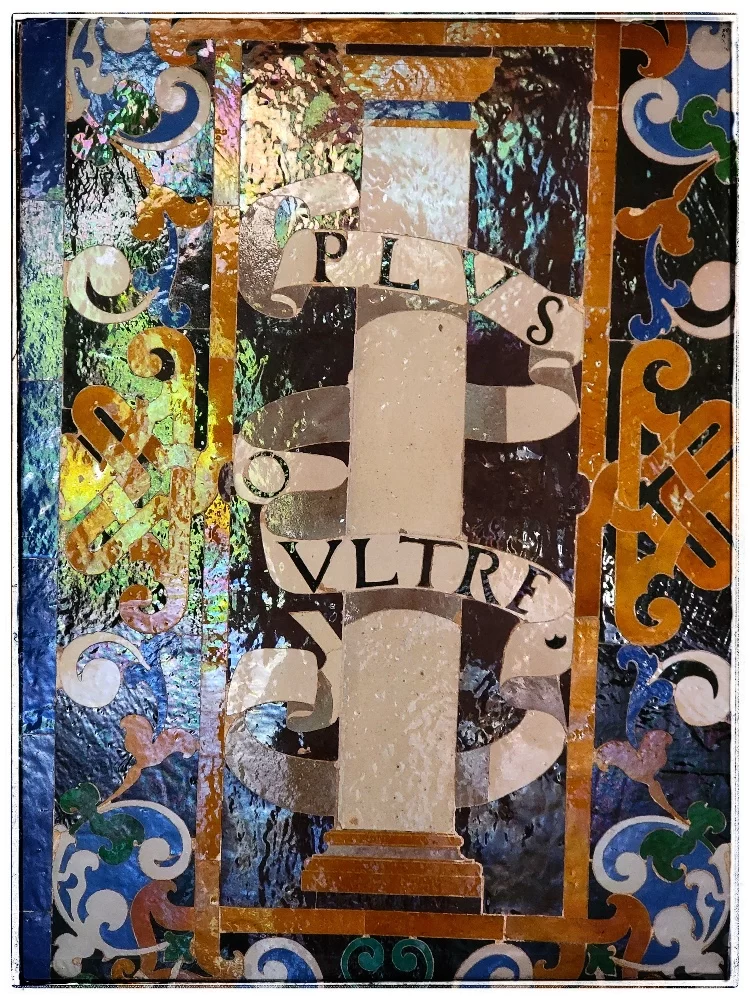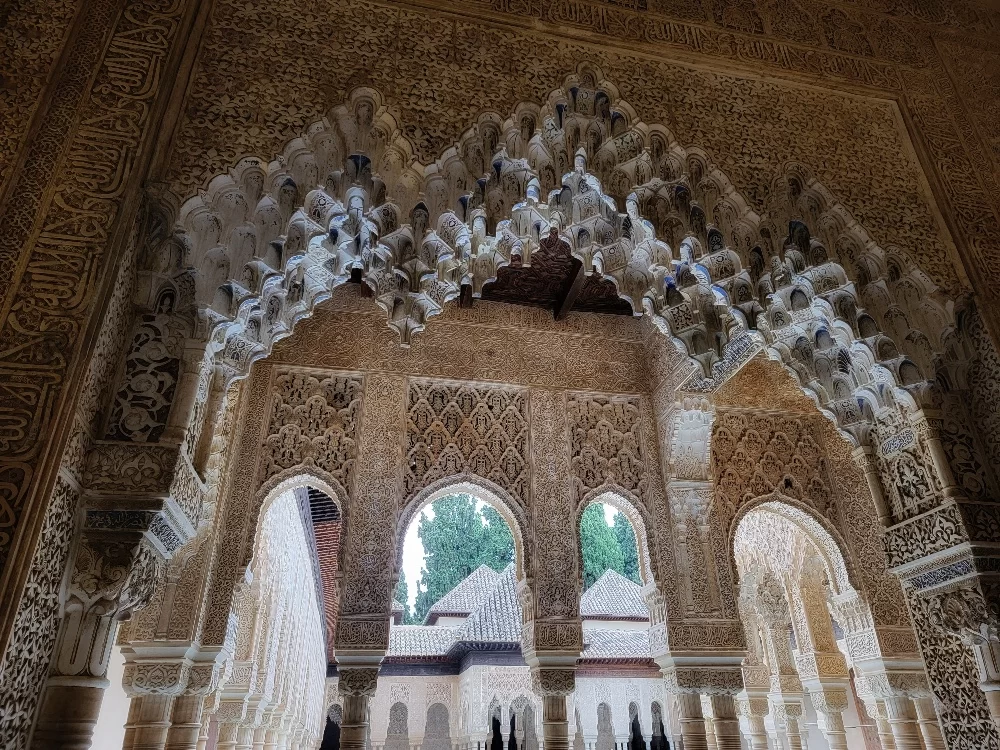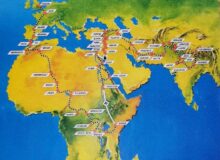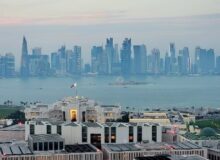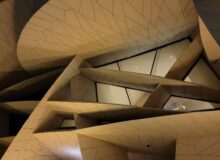About 10 million years ago the enzyme in our bodies used to detoxify alcohol, dehydrogenase…
The Red One, the Big Red One
It’s possible to take the train from Seville to Granada, 2.5 hours each way, so we did. We took the direct. It stopped at Cordoba. Then it stopped at Puente Genil-Herrera. Then it took a short stop at Antequera-Santa Ana. And, yes, another stop at Loja. Then we arrived at Granada.

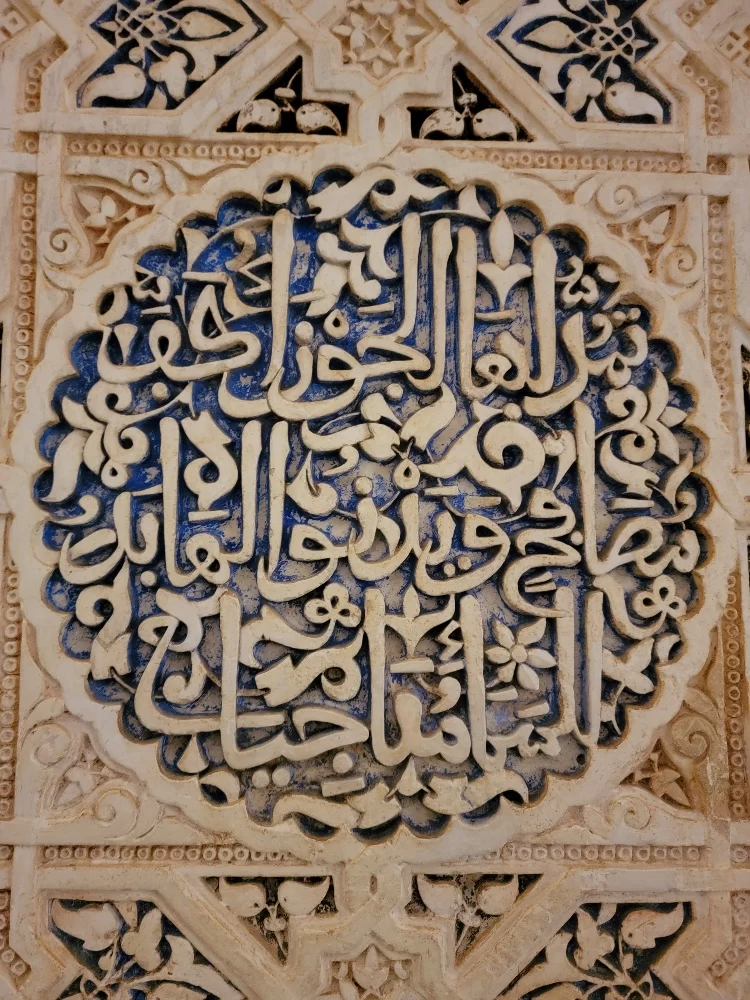
Translation has a wide berth in Spain. The palace offers nocturnal admissions. Huh. Menus commonly list items such as old cheese and old cow. It’s odd no one has stepped in and said “try after hours” or “aged cheese” or, you know, a much-loved cow. “Onion braised blood” just doesn’t have that wow-factor you’d expect on a menu. But we are getting the drift.
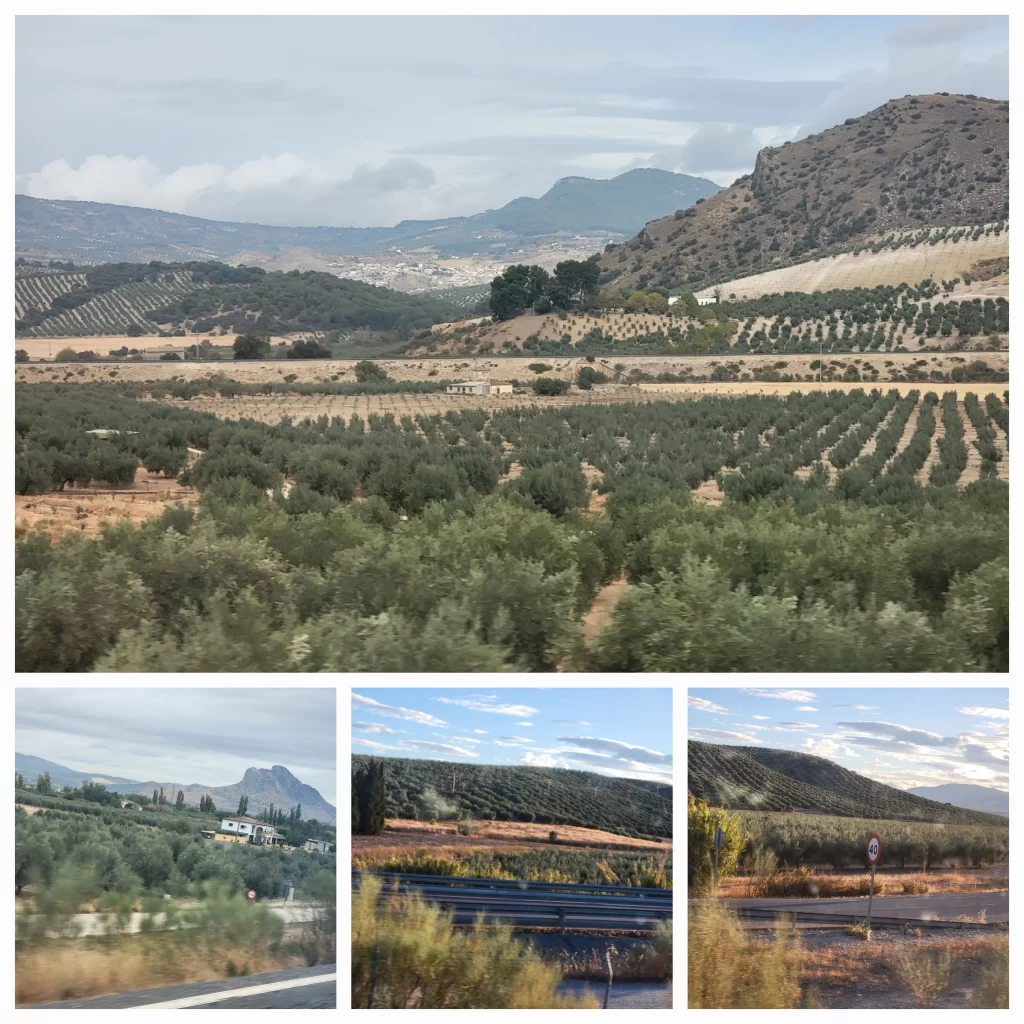
The views through southern Andalusia were pretty static: Olive trees. Olive trees as far as the eye could see. Olives, olives, olives. The flat terrain shifts with the arrival in Granada, which sits at the base of the Sierra Nevadas, and boasts some topographical appeal. We had woken up to rain in Seville, the first day of any inclement weather whatsoever, though it was mild and overcast in Grenada. We took a taxi up the steep narrow streets to Alhambra, aka the Red Fortress aka the Red One, which at times were harrowing but paled in comparison to Valparaiso (where the streets run implausibly vertical).
I guess everyone knows the Alhambra, the way they do the pyramids. Dates to the 800s, was an Arabic fortress to protect the caliphate, had a palace added on, the French monarchs a few centuries ago had part of it demolished, is a UNESCO heritage site and a couple million tourists make the trek every year.
The tourist brochures use phrases like “the symbol of medieval enlightenment and repression” and “given the seismic activity in the area they used lead foils in-between the columns and the foundations, so whenever there’s a seism, the buildings follow the movement without collapsing.” But to the uninitiated it’s 26 acres of gardens and relics that speak to a grandeur that predates income tax.
The main sections are the Generalife (summer palace, gardens), the ancient fortress and the palaces.
The Palacios Nazaries (Nasrid Palaces) are the “star” attraction boasting spectacular courtyards, gardens and antechambers although, and I quote a state tourist source, “were even used as a prison at one point and was inhabited by gypsies and homeless people. The building suffered further humiliation at the hands of Napoleon and his forces who looted and damaged it as they retreated from the city.” The humiliation is no longer on view. We whittled down 100 plus photos to the following smidgen.
The Gardens:
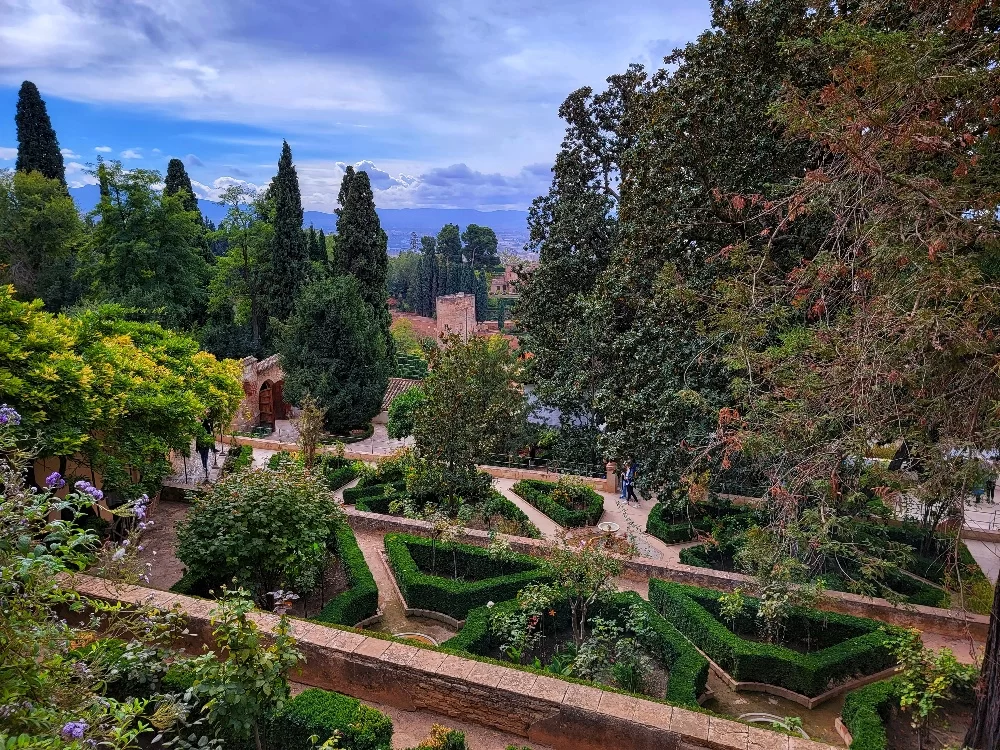
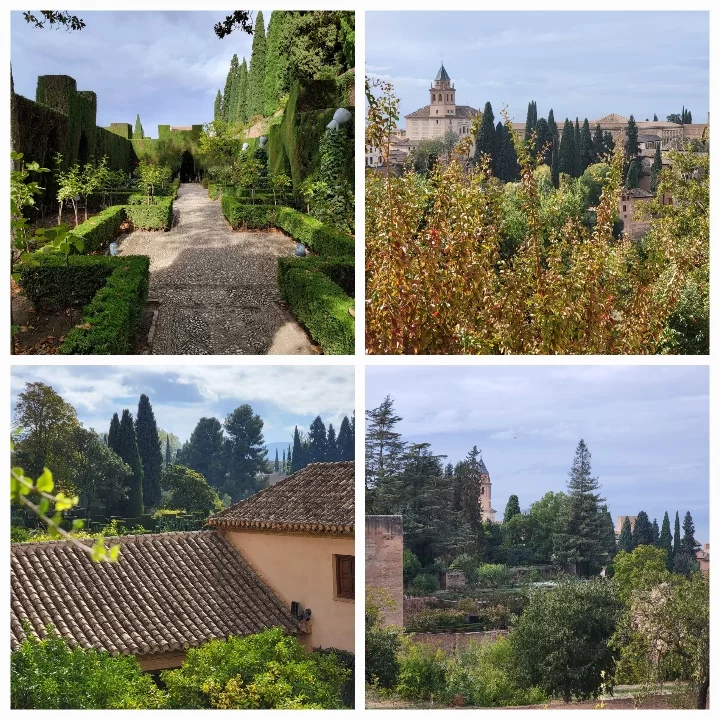
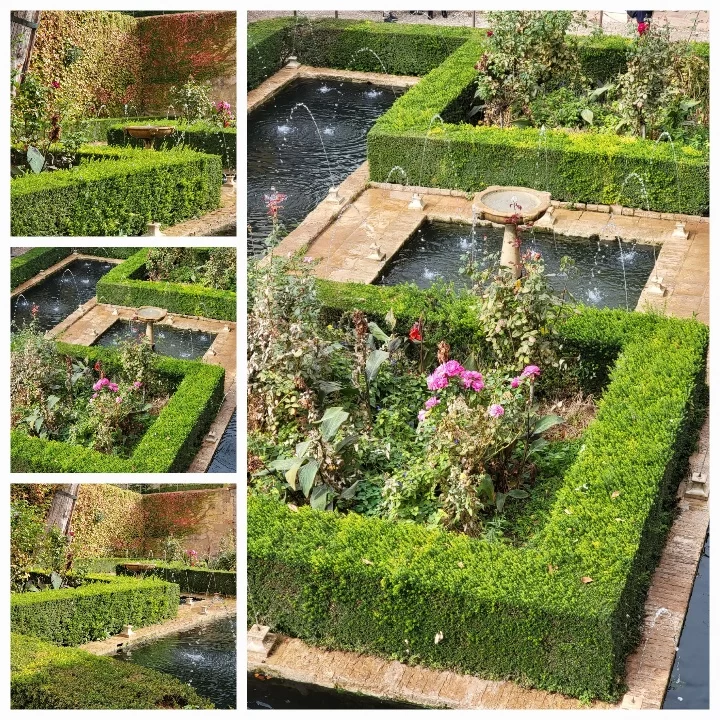
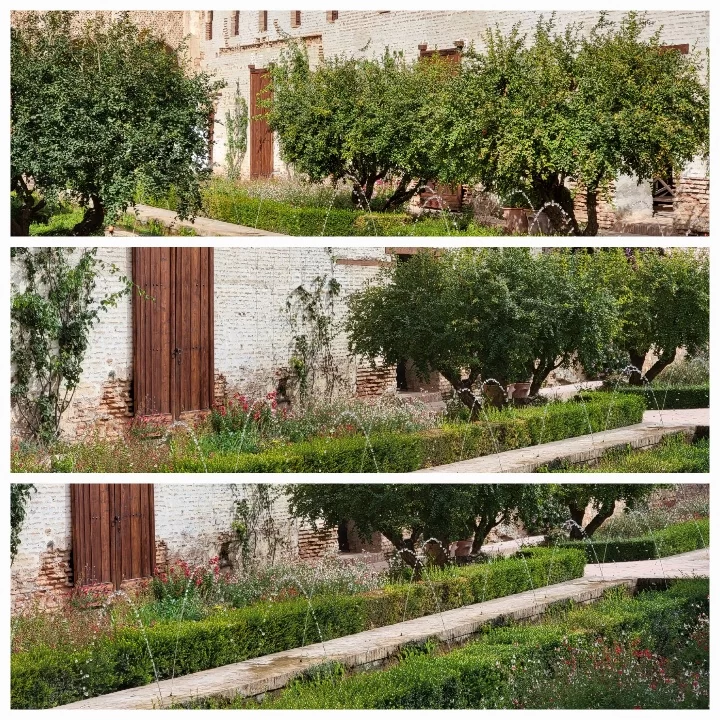
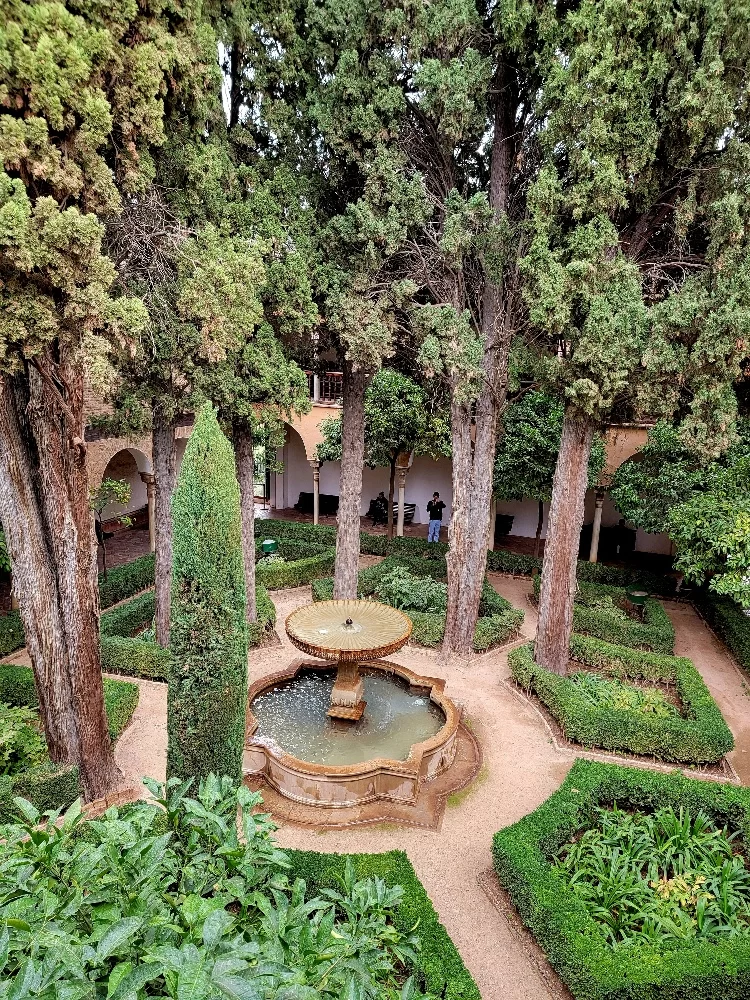
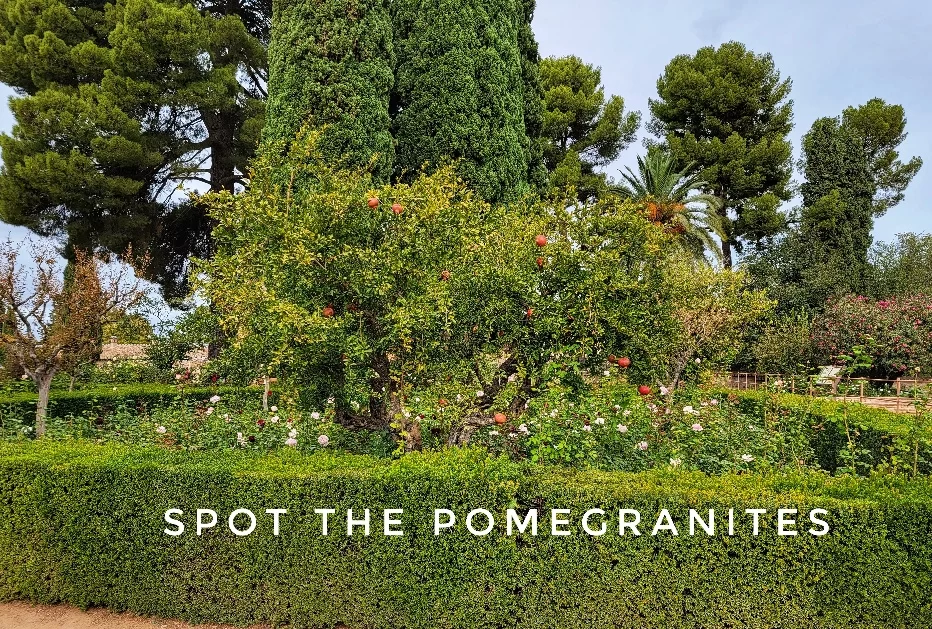
The Views:
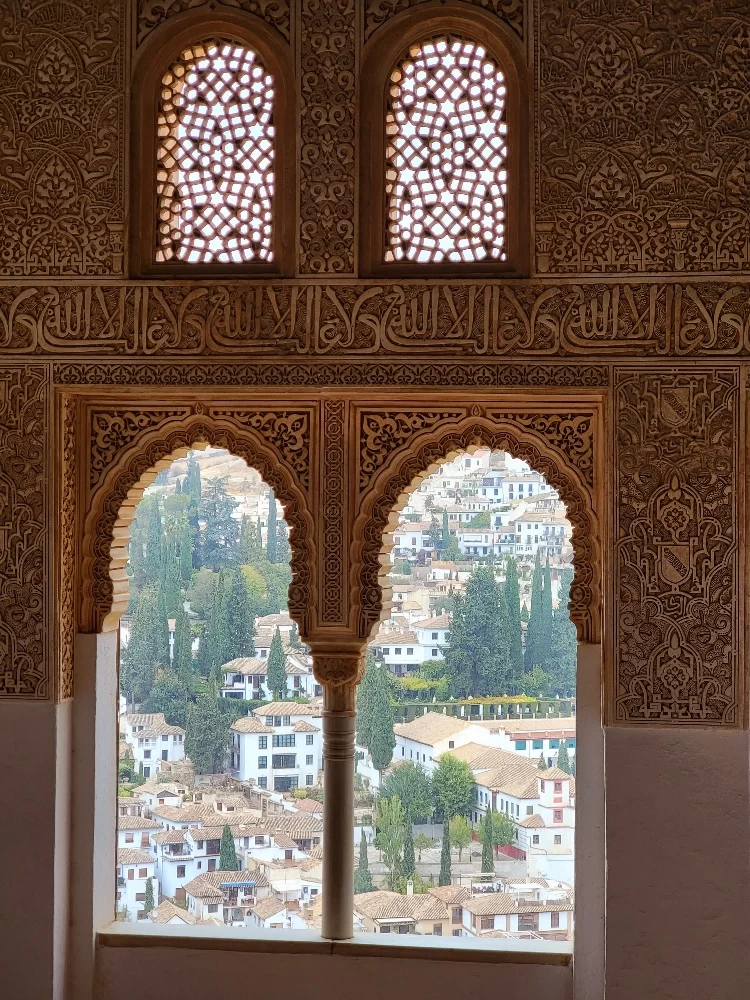
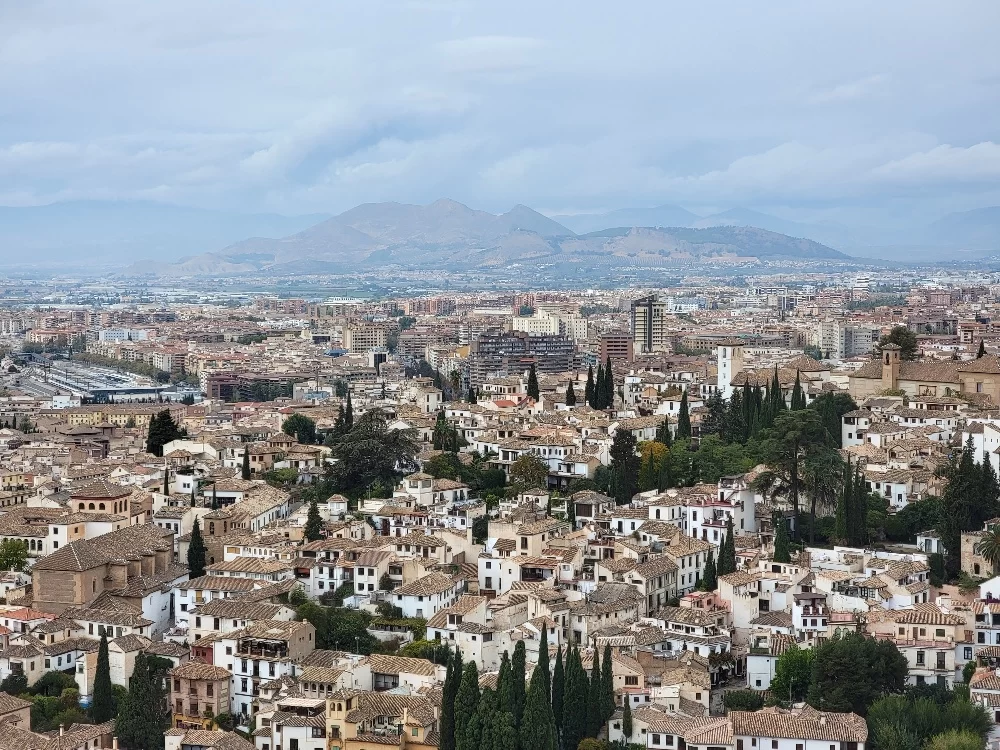
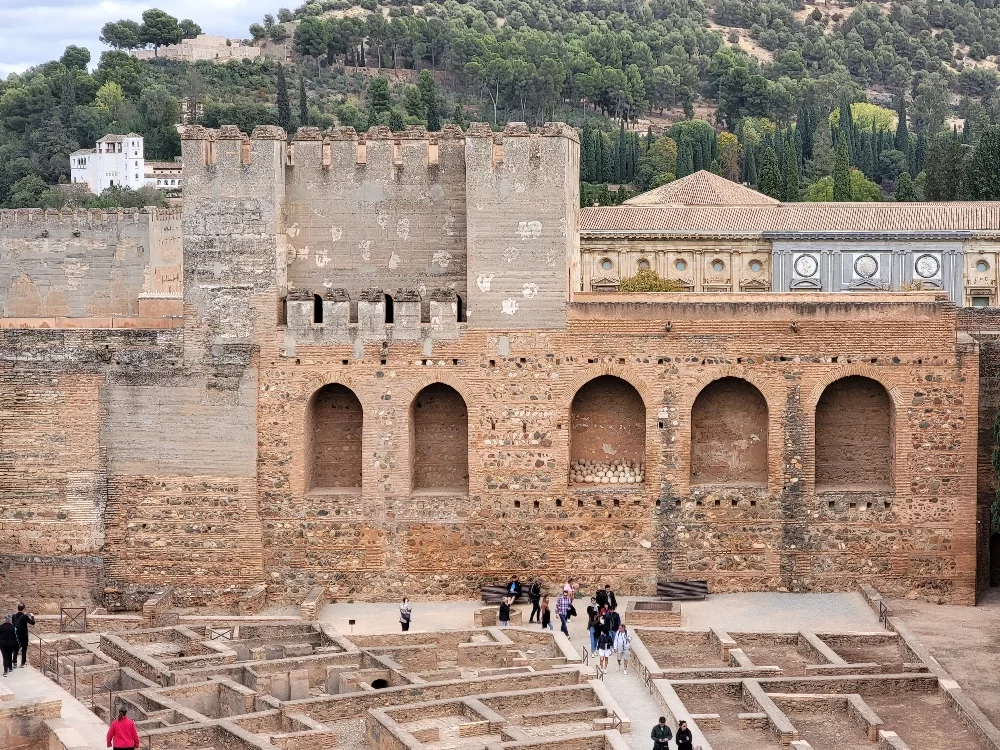
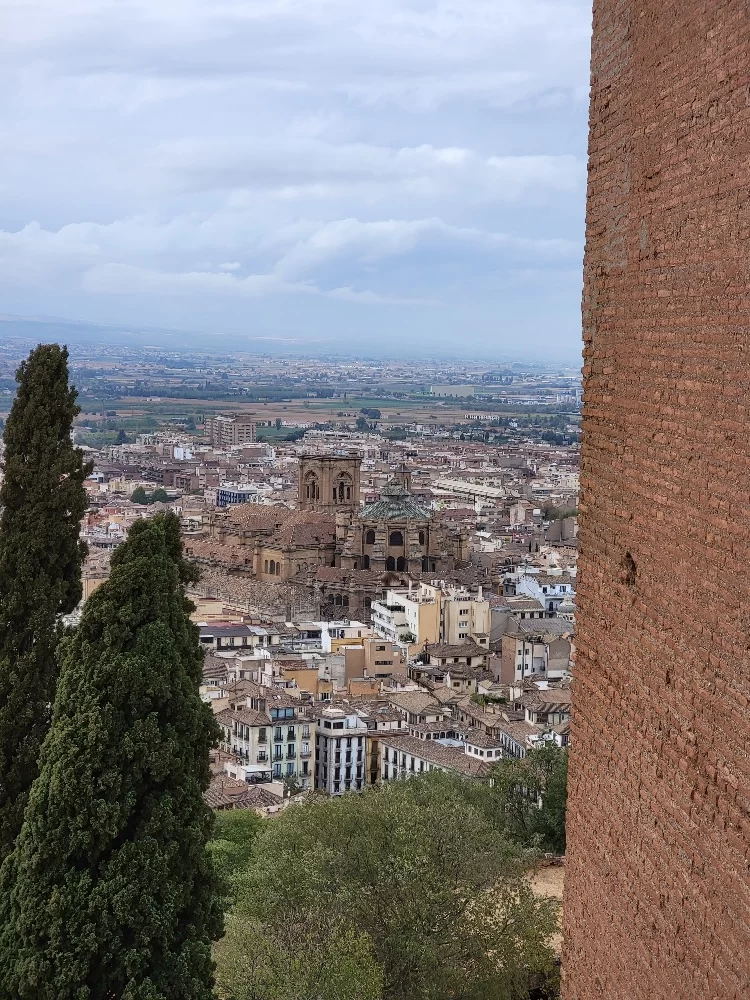
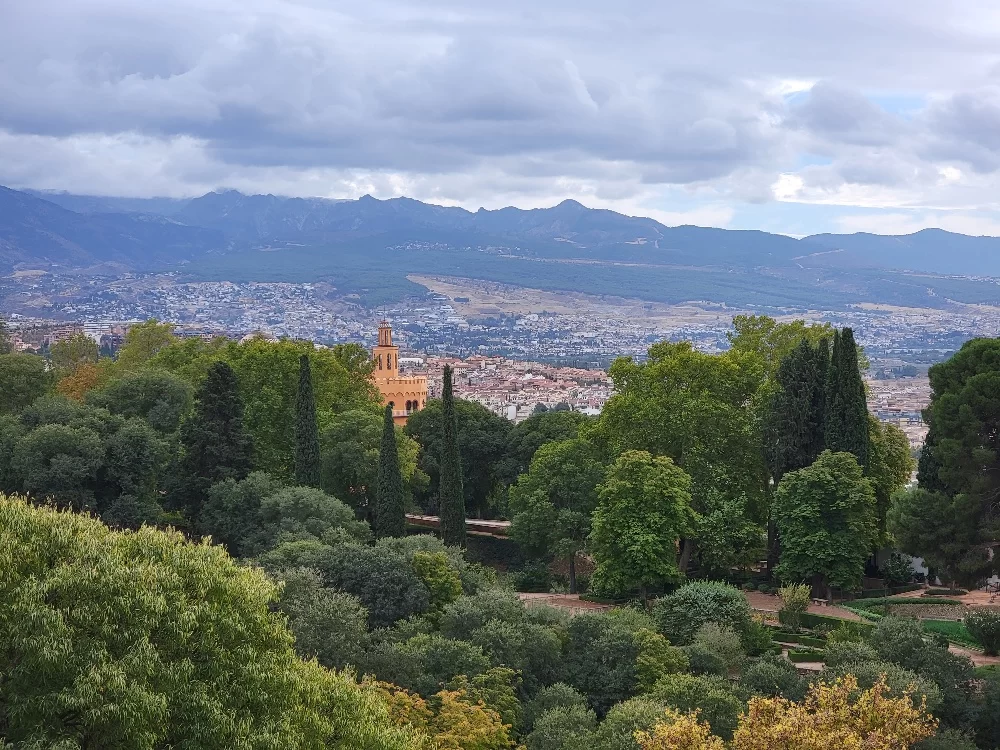
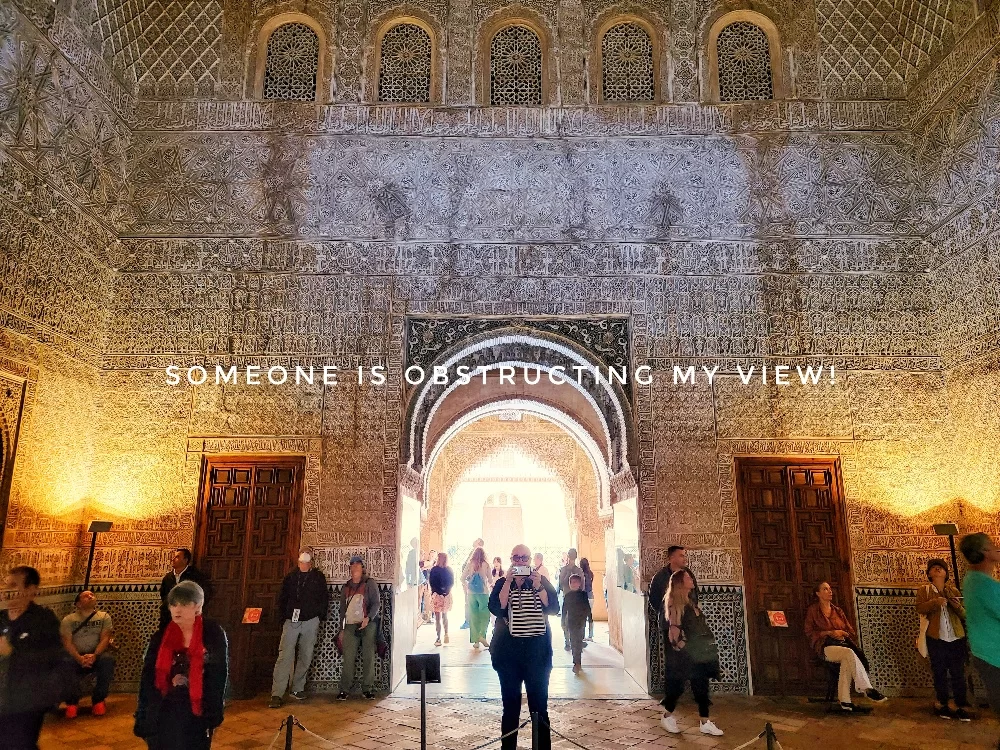
The Nasrid Palaces:
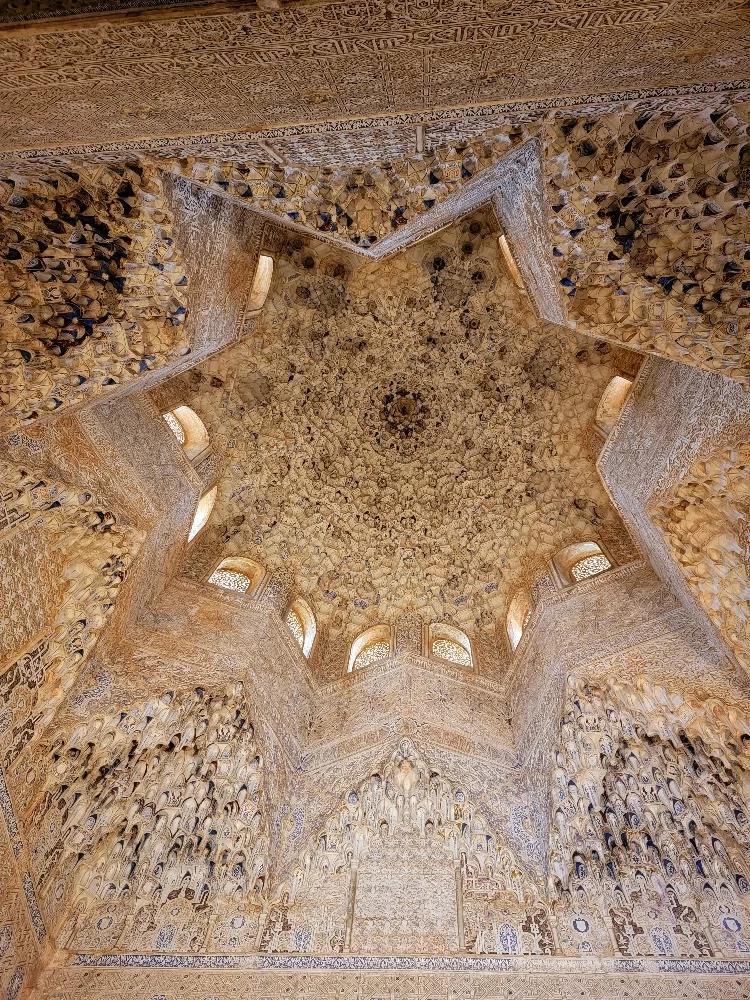
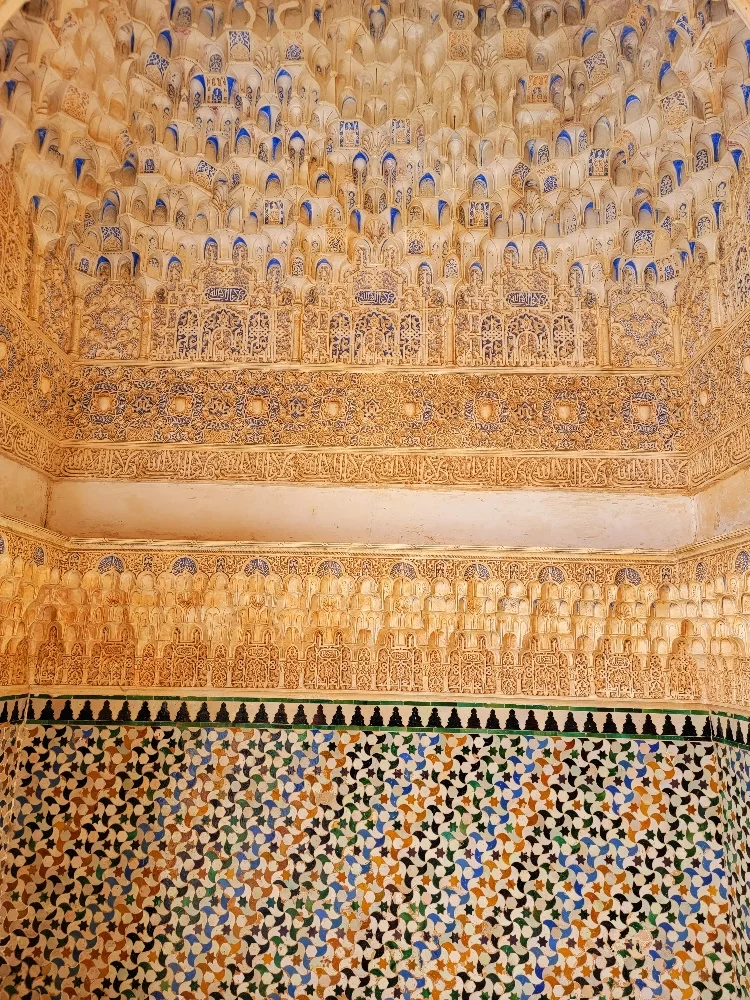
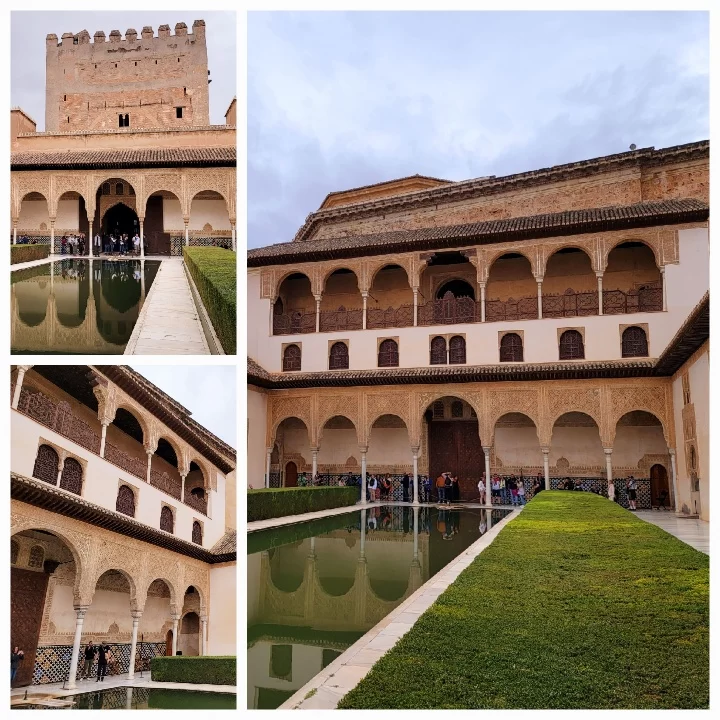
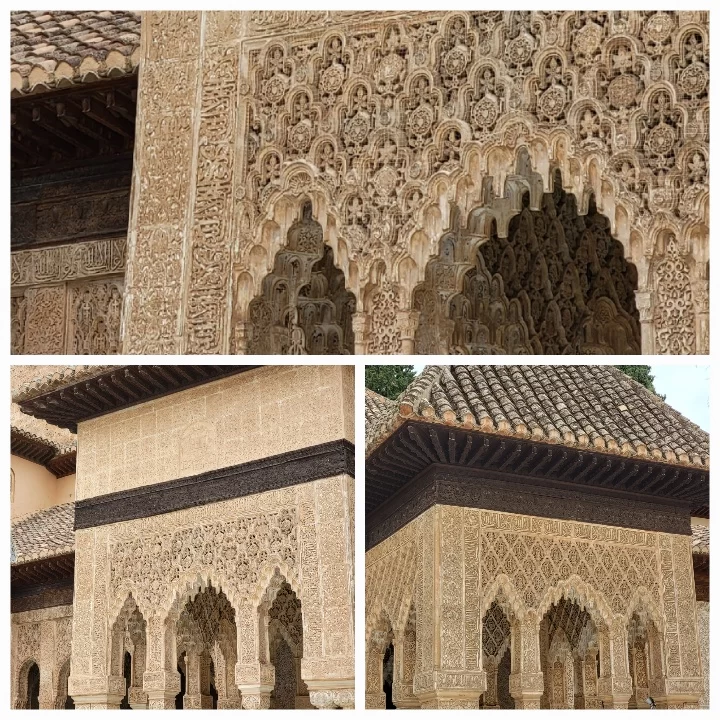
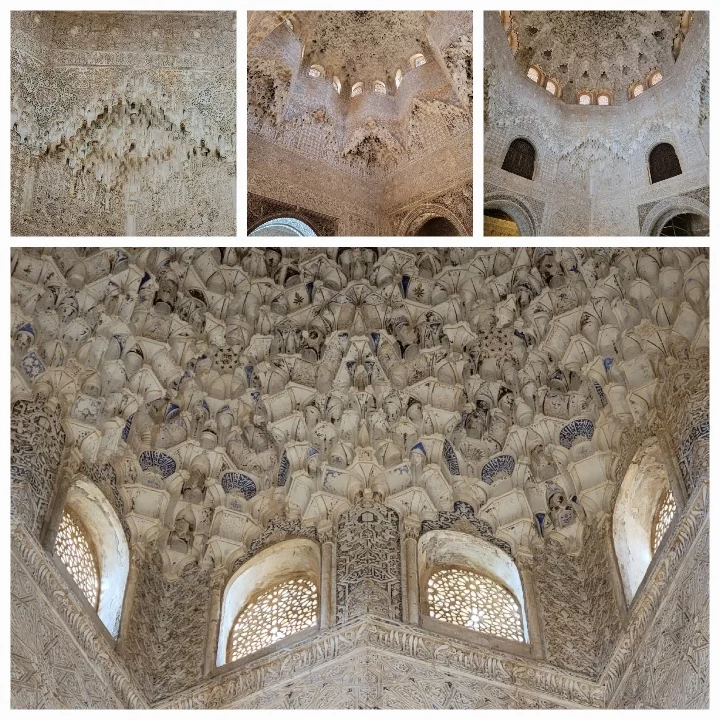
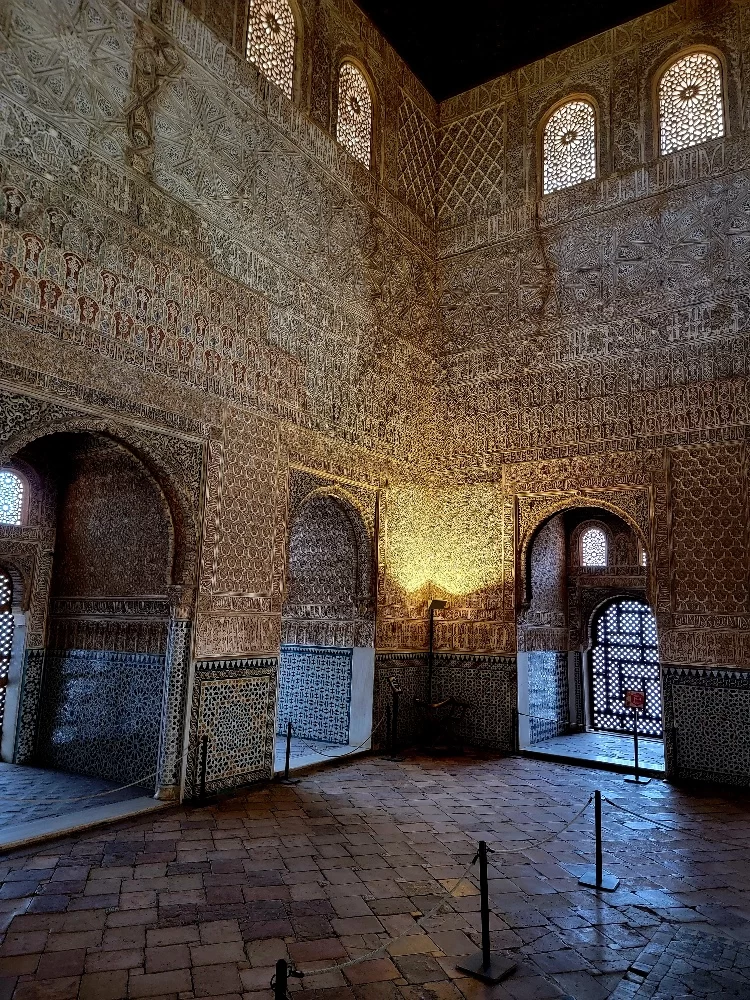
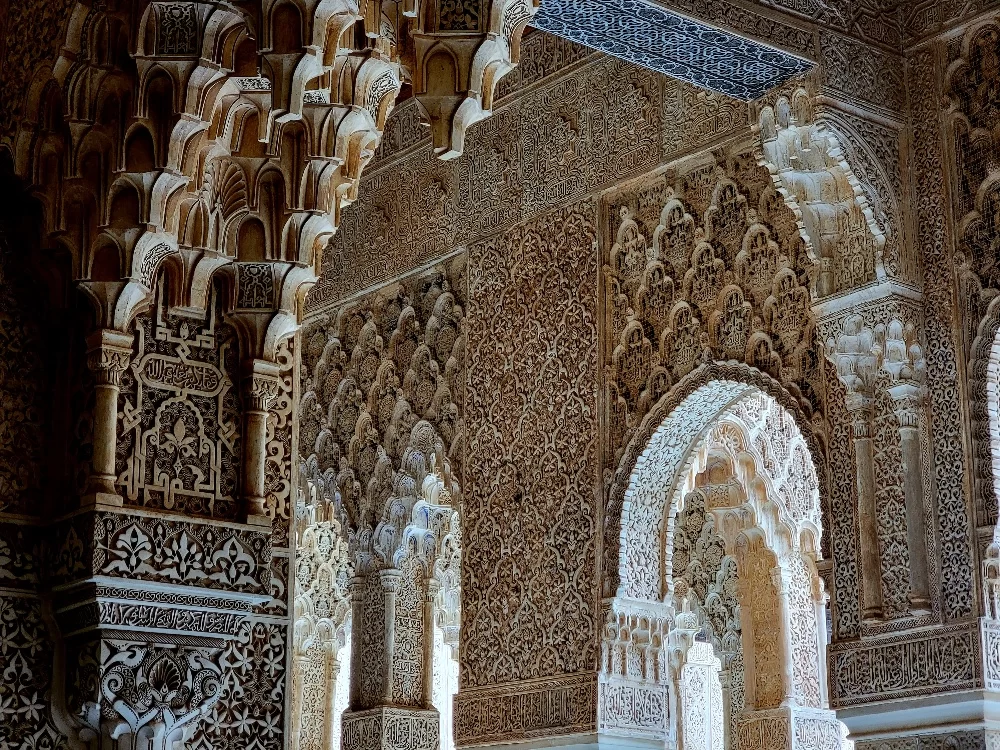
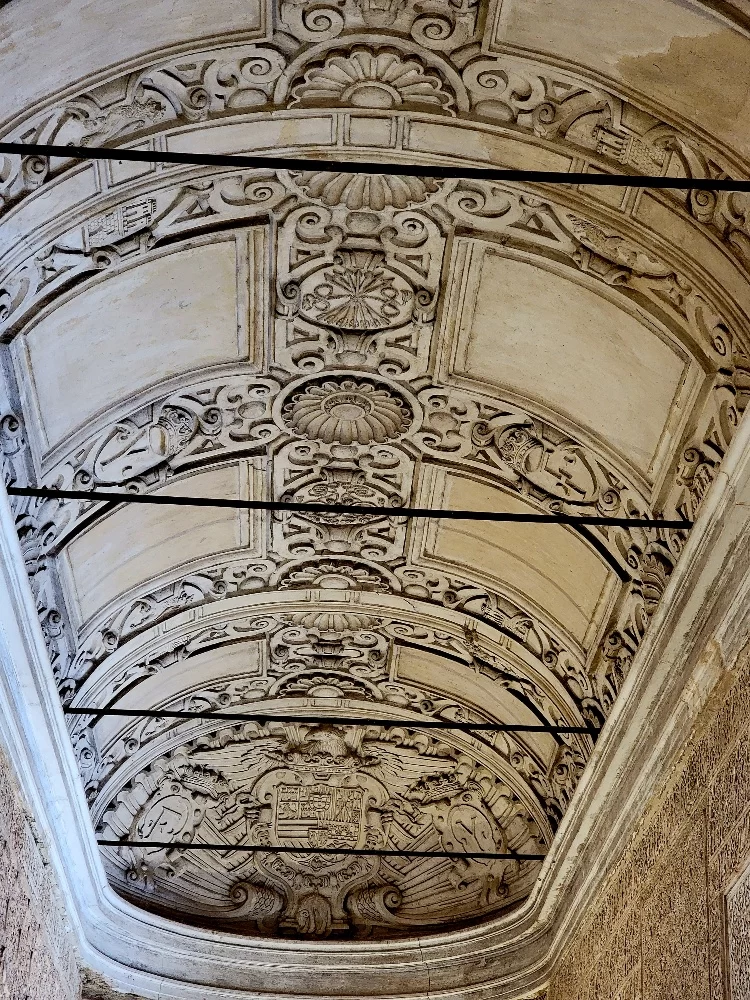
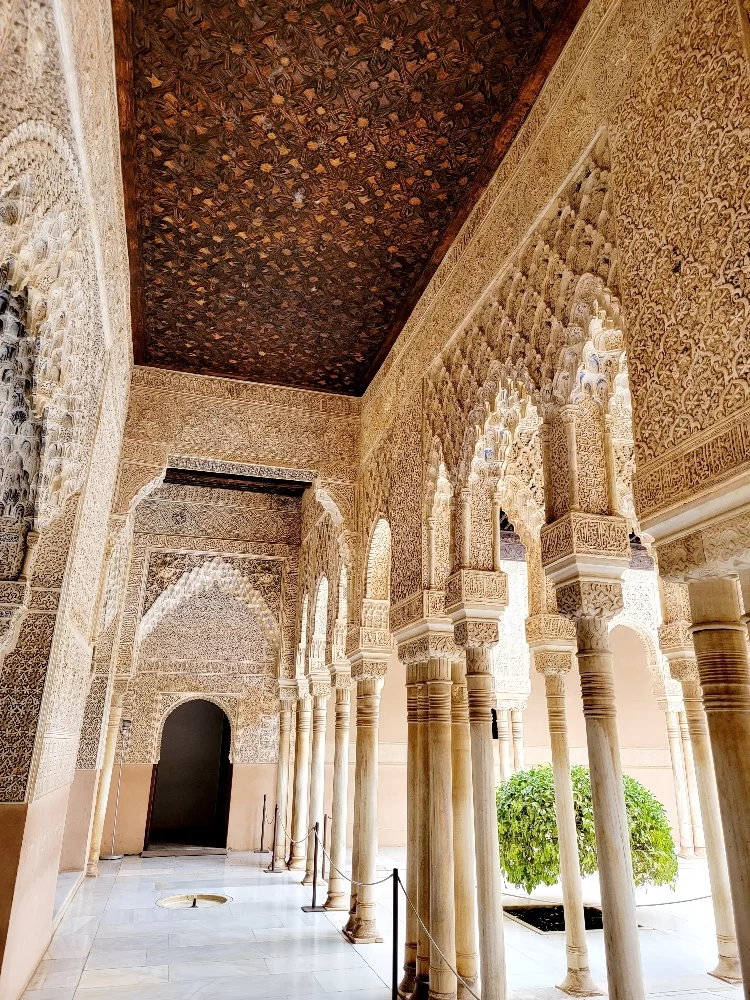
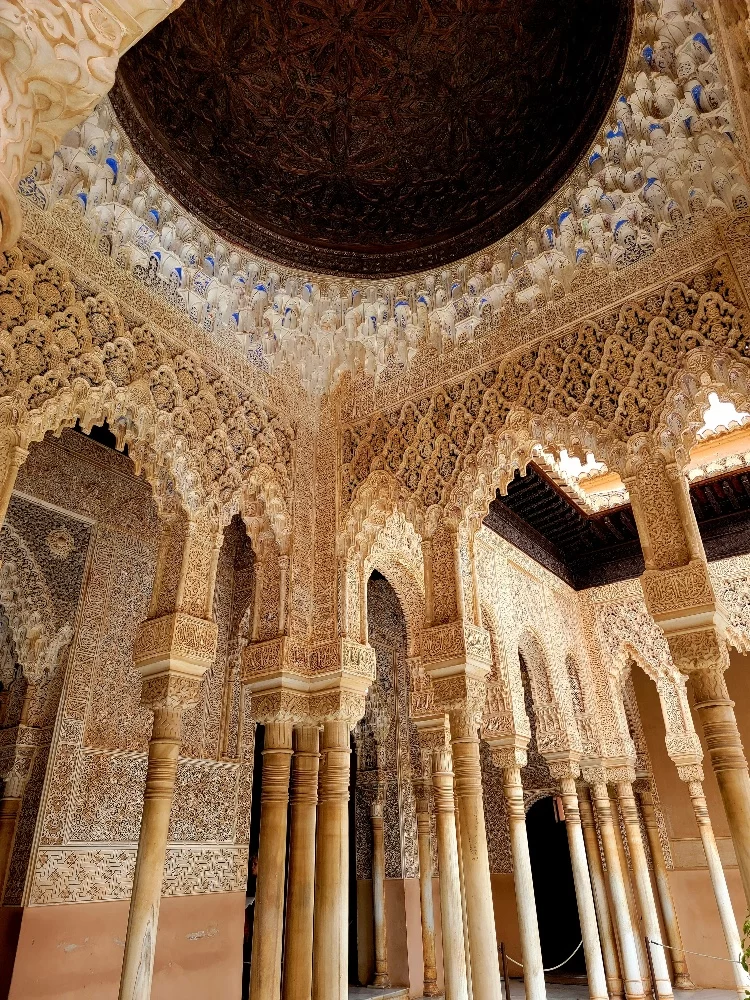
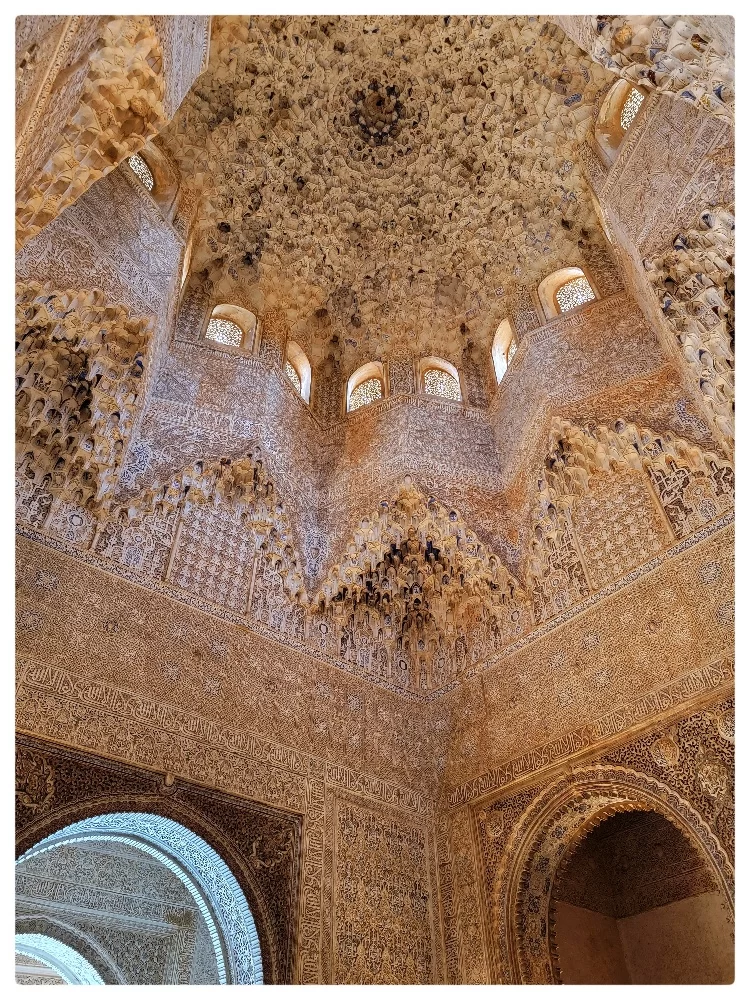
Today’s Moorish fun facts: Over 4,000 Arabic words and Arabic-derived phrases have been absorbed into the Spanish language. Words beginning with “al,” for example, are derived from Arabic. Arabic words such as algebra, alcohol, chemistry, nadir, alkaline, and cipher entered the language through Arab rule. Even words such as checkmate, influenza, typhoon, orange, and cable can be traced back to Arabic origins. [See footnotes for further reading.]
The train back arrived early, gracias RENFE. We cabbed to the cathedral, walked to the apartment, changed for dinner, then took a taxi to Espacio Eslava, [in keeping with Alhambra] a monumentally popular tapas bar, where we ate artichokes in codfish, a hot vegetable terrine, Iberian ham croquettes, marinated ribs, a delectable lentil stew and a pretty plain chickpea stew, some meatballs in miso and potatoes and a tenderloin drenched in Cabrales cheese. With wine, tax, tip (and we were stuffed) just over 70 Euros. Wow.
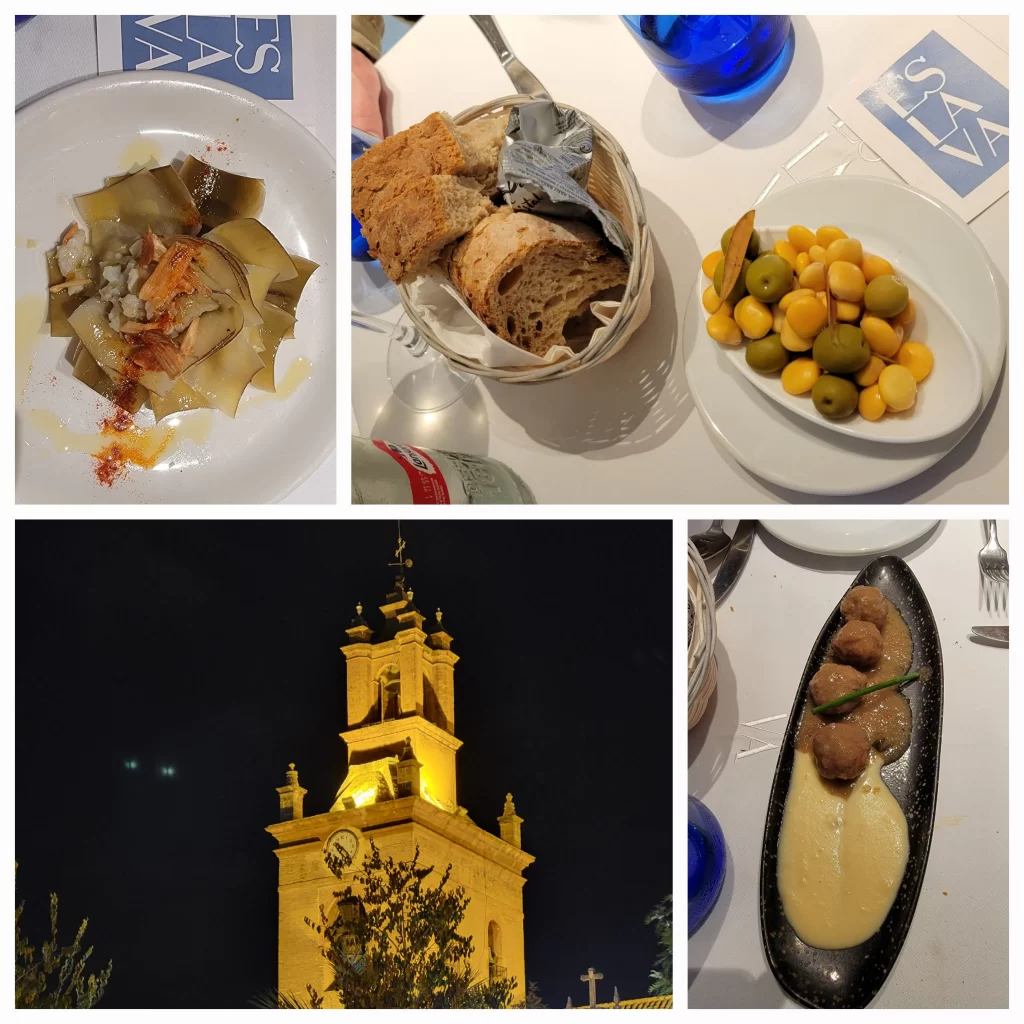
Plus Ultra, national motto of Spain (and a reversal of non plus ultra), as seen at Alhambra (courtesy of George V aka the Duke of Burgundy aka the King of Spain, so goes these royal things).
